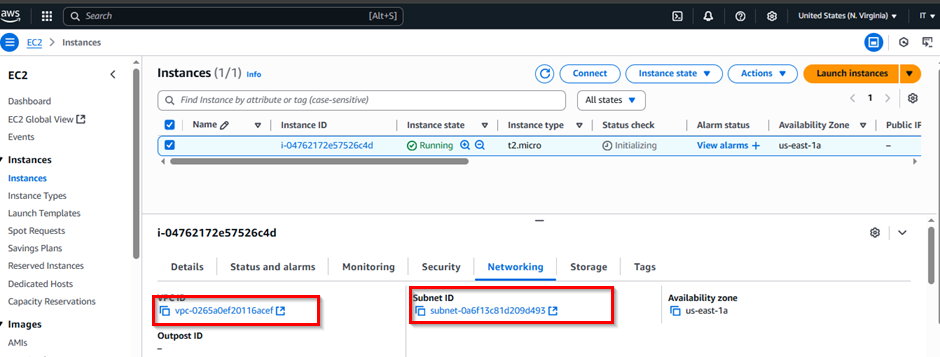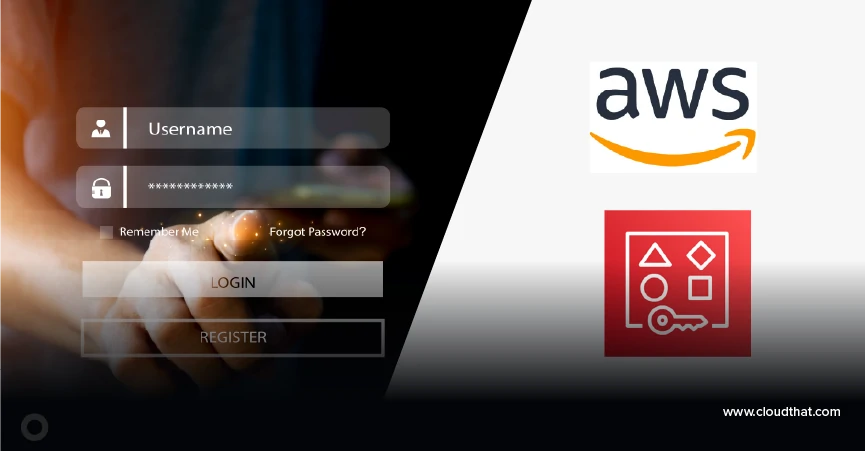|
Voiced by Amazon Polly |
Introduction
In a multi-account AWS environment, managing shared resources like subnets, Transit Gateways, or Route 53 Resolver rules across accounts can become challenging. That’s where AWS Resource Access Manager (RAM) steps in. RAM allows secure, controlled sharing of AWS resources across accounts, eliminating duplication and reducing cost.
In this blog, we’ll walk you through the concept, use cases, and step-by-step implementation of cross-account access using AWS RAM.
Save Time and Money with Automated and Customizable Data Insights
- Highly Scalable
- Cost- effective
- Smart Visualizations
Use Cases for AWS RAM
- Sharing VPC subnets with other AWS accounts (e.g., centralized VPC model).
- Sharing Transit Gateways between networking and workload accounts.
- Centralized management of Route 53 Resolver rules.
- Sharing License Manager configurations.
- Consolidated access to AWS Glue Data Catalogs.
Prerequisites
- At least two AWS accounts (a resource owner and a consumer).
- Appropriate IAM permissions (described below).
- Optional: AWS Organizations setup if you’re using organizational sharing.
IAM Permissions Required
In the resource-owning account:
|
1 2 3 4 5 6 7 8 9 10 11 12 13 14 15 16 17 18 19 20 21 22 23 24 25 26 27 |
json CopyEdit { "Effect": "Allow", "Action": [ "ram:CreateResourceShare", "ram:AssociateResourceShare", "ram:EnableSharingWithAwsOrganization", "ram:GetResourceShares", "ec2:DescribeSubnets" // Or the relevant service ], "Resource": "*" } <strong>In the consumer account:</strong> |
|
1 2 3 4 5 6 7 8 9 10 11 12 13 14 15 16 17 18 19 |
json CopyEdit { "Effect": "Allow", "Action": [ "ram:AcceptResourceShareInvitation", "ram:GetResourceShareInvitations" ], "Resource": "*" } |
Step-by-Step Implementation
We’ll walk through the steps to share a VPC subnet between two accounts using AWS RAM.
Step 1: Enable Sharing with AWS Organization (Optional)
If you use AWS Organizations and want to share with Organizational Units (OUs):
- Go to the AWS RAM Console in the resource-owning account.
- Click “Settings”.
- Select “Enable sharing with AWS Organization”.


Step 2: Create the Resource Share
- In the resource owner’s account, go to the AWS RAM Console.
- Click “Create resource share”.

- Provide a name for the share (e.g., Shared-VPC-Subnets).
- Select the resources to share (e.g., a specific VPC subnet).

Scroll down, select NEXT.

In Associate managed permissions -leave as default, as AWS does not allow editing permissions for subnet sharing

- Under Principals, choose:
- Either an AWS Account ID (for individual account sharing), or
- An Organizational Unit (OU) or organization ID.
- Click on ADD

- Optionally, add tags.
- Then, review and create a resource share.

Step 3: Accept the Resource Share Invitation
- In the consumer account, open the AWS RAM console.
- Navigate to “Shared with me” > “Resource share invitations”.
- Accept the invitation.
Note: If both accounts are under the same AWS Organization and organizational sharing is enabled, invitations are automatically accepted.

Step 4: Verify Access to Shared Resource
In the consumer account, verify that the shared resource appears:
- For VPC subnets, go to VPC Console → Subnets, and filter with the VPC ID.
- Ensure the region is the same.

For some services (like subnets), you can launch resources (like EC2 instances) directly into the shared subnet.
Example: Launch EC2 Instance in Shared Subnet
In the consumer account:
- Go to the EC2 Console.
- Choose Launch Instance.
- When selecting a VPC and subnet, the shared VPC and shared subnet will be listed.

- Complete the instance launch.

Security Considerations
- Always apply least privilege when granting IAM permissions.
- Use resource tags and conditions to restrict RAM access scope.
- Monitor sharing via AWS CloudTrail and RAM usage reports.
Testing & Troubleshooting Tips
- Check the RAM console logs if the shared resource is not visible.
- Make sure regions match – resources must be shared within the same region.
- Validate service limits (e.g., max resource shares).
- Use AWS CLI for automation and debugging:
|
1 2 3 |
aws ram get-resource-shares --resource-owner SELF aws ram get-resource-share-invitations |
Resources for reference
Conclusion
AWS RAM is an essential tool for organizations adopting a multi-account strategy. RAM enhances security and operational efficiency by enabling centralized resource management while maintaining segregated responsibilities. If you haven’t explored it yet, now’s the time
Want to save money on IT costs?
- Migrate to cloud without hassles
- Save up to 60%
About CloudThat
CloudThat is an award-winning company and the first in India to offer cloud training and consulting services worldwide. As a Microsoft Solutions Partner, AWS Advanced Tier Training Partner, and Google Cloud Platform Partner, CloudThat has empowered over 850,000 professionals through 600+ cloud certifications winning global recognition for its training excellence including 20 MCT Trainers in Microsoft’s Global Top 100 and an impressive 12 awards in the last 8 years. CloudThat specializes in Cloud Migration, Data Platforms, DevOps, IoT, and cutting-edge technologies like Gen AI & AI/ML. It has delivered over 500 consulting projects for 250+ organizations in 30+ countries as it continues to empower professionals and enterprises to thrive in the digital-first world.

WRITTEN BY Sheeja Narayanan
Sheeja Narayanan is Champion Amazon Authorized Instructor, Microsoft Certified trainer and Senior Subject Matter Expert at CloudThat, specializing in AWS infra and Migration. With 19 years of experience in Training and consulting, she has trained over 2500 professionals/students to upskill in Networking, Windows and Linux administration, AWS, Azure and Vmware. Known for simplifying complex concepts and delivering highly hands-on sessions, she brings deep technical knowledge and practical expertise into every learning experience. Sheeja's passion for training delivery reflects in her unique approach to learning and development.


 Login
Login


 July 28, 2025
July 28, 2025 PREV
PREV










Comments